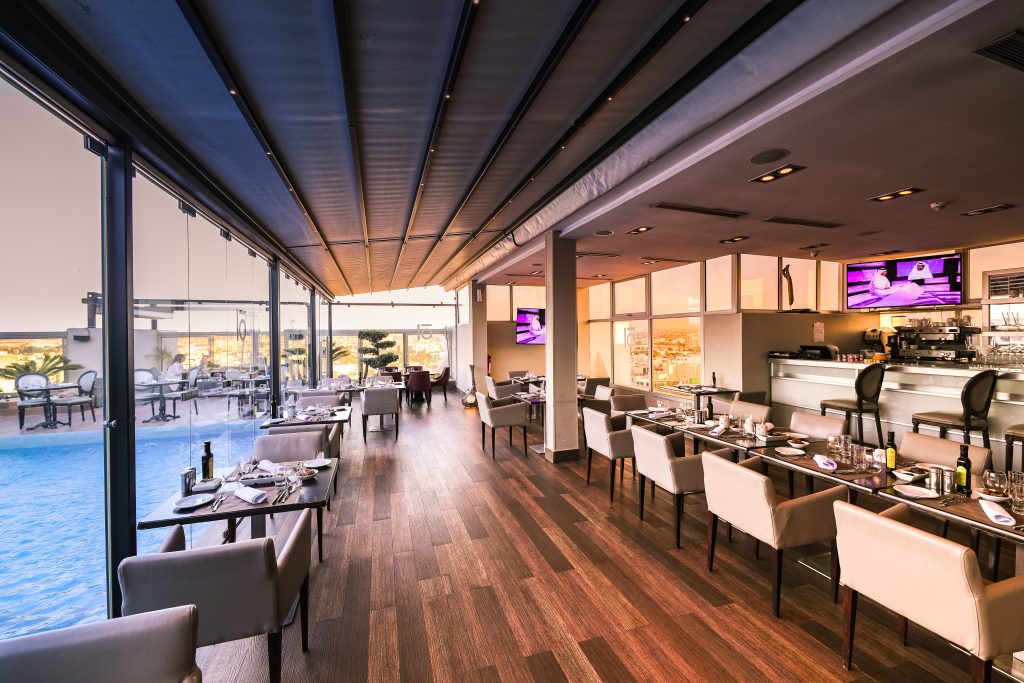
Valuing a restaurant is a multifaceted and complex process that involves a combination of financial analysis, market research, and subjective judgment. Whether you’re a prospective buyer, seller, investor, or simply want to assess the worth of a restaurant, understanding how to value it accurately is essential. In this comprehensive guide, we’ll delve deep into the methods, considerations, and factors that go into valuing a restaurant.
I. Introduction
Before diving into the various methods of valuing a restaurant, it’s essential to recognize that restaurant valuation is not a one-size-fits-all approach. Each restaurant is unique, and its value is influenced by a multitude of factors. Moreover, the restaurant industry can be particularly challenging to assess due to its subjective nature, varying revenue streams, and dynamic market conditions.
However, with the right knowledge and tools, you can arrive at a reasonably accurate estimate of a restaurant’s value. Here, we’ll explore several methods and considerations to help you navigate the restaurant valuation process effectively.
II. Methods of Valuing a Restaurant
- Financial Performance Analysis:One of the fundamental methods for valuing a restaurant is analyzing its financial performance. This involves a thorough examination of the restaurant’s financial statements, including the income statement, balance sheet, and cash flow statement. Key financial metrics to scrutinize include:
- Revenue: The restaurant’s total sales, both historically and projected into the future, are a fundamental factor in valuation. Look for trends, seasonality, and growth rates.
- Profit Margins: Assess the restaurant’s profitability by examining its profit margins, such as gross profit margin and net profit margin. Strong margins often indicate a valuable restaurant.
- Expenses: Analyze the restaurant’s operating expenses, including labor, food costs, rent, and utilities. Cost management is crucial for profitability and, subsequently, valuation.
- EBITDA (Earnings Before Interest, Taxes, Depreciation, and Amortization): EBITDA is often used as a key performance indicator in restaurant valuation. It provides a clear picture of a restaurant’s operating performance by excluding non-operating expenses.
- Cash Flow: Understand the restaurant’s cash flow patterns, including its ability to generate positive cash flows consistently. Positive cash flow is critical for long-term viability.
- Comparable Sales Analysis:Comparing a restaurant to similar establishments that have recently been sold is a valuable method for determining its value. Factors to consider in a comparable sales analysis include:
- Location: Restaurants in different neighborhoods or cities can have significantly different values. Take into account the restaurant’s location and its relevance to local demographics.
- Concept: Assess whether the restaurant’s concept (e.g., fine dining, fast-casual, ethnic cuisine) aligns with the preferences and trends in the market.
- Size: The restaurant’s size, including seating capacity, kitchen space, and square footage, can influence its value.
- Financial Performance: Compare the sales prices of similar restaurants and adjust for any differences in financial performance, growth potential, and market conditions.
- Asset-Based Valuation:The asset-based valuation method calculates a restaurant’s value by summing up the value of its assets and subtracting its liabilities. Assets typically include:
- Real Estate: If the restaurant owns the property it operates from, the real estate’s value can significantly impact the overall valuation.
- Equipment and Fixtures: Consider the value of kitchen equipment, furnishings, and fixtures.
- Inventory: Assess the value of food, beverages, and supplies on hand.
- Intellectual Property: Intellectual property, such as proprietary recipes or trademarks, may contribute to the restaurant’s value.
- Liabilities: Be sure to account for any outstanding debts, leases, or other obligations.
Asset-based valuation is particularly useful when a restaurant is being sold as part of a bankruptcy, liquidation, or if its assets hold substantial value.
- Cash Flow Valuation:Projecting future cash flows is a forward-looking method for valuing a restaurant. To perform a cash flow valuation, follow these steps:
- Cash Flow Projections: Estimate the restaurant’s future cash flows, typically for a certain number of years (e.g., 5 or 10 years).
- Discount Rate: Determine an appropriate discount rate that reflects the risk associated with the restaurant’s cash flows. The discount rate accounts for the time value of money.
- Discounted Cash Flow (DCF) Analysis: Calculate the present value of the projected cash flows by discounting them using the chosen discount rate. The sum of these present values represents the restaurant’s estimated value.
It’s crucial to conduct sensitivity analyses and consider different scenarios to account for varying assumptions and uncertainties in cash flow projections.
III. Key Considerations in Restaurant Valuation
While the methods described above provide a framework for restaurant valuation, there are several crucial considerations and factors that can significantly impact a restaurant’s value:
- Location:The restaurant’s location is often one of the most critical factors in determining its value. Factors to consider include:
- Foot Traffic: High foot traffic areas can attract more customers and generate higher revenue.
- Demographics: The demographics of the neighborhood or area can influence the restaurant’s target market and pricing strategy.
- Competition: Assess the level of competition in the vicinity and the restaurant’s ability to stand out in the market.
- Brand and Reputation:A restaurant’s brand and reputation can have a substantial impact on its value. Positive factors include:
- Customer Reviews: Positive online reviews, ratings, and customer testimonials can boost a restaurant’s reputation.
- Awards and Recognitions: Accolades and awards from culinary organizations or publications can enhance a restaurant’s prestige.
- Loyal Customer Base: A strong and loyal customer base can lead to repeat business and positive word-of-mouth marketing.
- Lease Terms:If the restaurant operates in a leased space, carefully review the lease terms, including:
- Lease Duration: A long-term lease with favorable terms can enhance the restaurant’s value, providing stability to potential buyers or investors.
- Rent Escalation Clauses: Be aware of any rent escalation clauses that could increase operating costs over time.
- Lease Transferability: Understand whether the lease is transferable to a new owner or if it requires negotiation with the landlord.
- Industry Trends:The restaurant industry is subject to evolving trends and consumer preferences. Consider how the restaurant aligns with current industry trends, such as:
- Health-Conscious Dining: Restaurants offering healthy menu options or accommodating dietary restrictions may have a competitive edge.
- Sustainability: Eco-friendly practices, such as sourcing locally and reducing waste, can be attractive to environmentally conscious consumers.
- Technology Integration: Restaurants that embrace technology, such as online ordering and delivery services, may have a broader reach.
- Intangible Assets:Beyond physical assets, consider any intangible assets that contribute to the restaurant’s value, such as:
- Recipes and Intellectual Property: Unique recipes, secret sauces, or proprietary cooking methods can set a restaurant apart.
- Branding Elements: Recognizable logos, slogans, and decor can enhance brand value.
- Customer Databases: A substantial customer database can be valuable for marketing and loyalty programs.

